#F i always wanted to do a project where I translated a bunch of interview snippets related to songs from zs’ first album
Explore tagged Tumblr posts
Text
.
#F i always wanted to do a project where I translated a bunch of interview snippets related to songs from zs’ first album#i deliberately left out a ton of content related to that when i was doing the 29 straight days of translations for that#one post for each song before the 2nd album came out#uuuhhh guess thats not happening now LOL#its been too long OTL#if i had a dollar for every abandoned WIP…#ramble tag
1 note
·
View note
Text
Ritaban Das: Storyboarding for Effective Storytelling
Character designer, illustrator and storyboard artist, Ritaban Das, elaborates on the significance of storyboarding to effectively tell a story and thus also shares insights from his decade-long experience in animation.
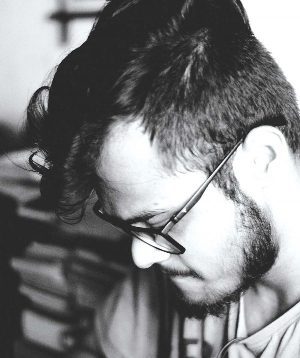
Ritaban Das is a character designer, storyboard artist and illustrator working in the animation industry for the last decade. He’s worked on a wide range of national and international 2D and 3D animated projects for platforms like Nickelodeon, Cartoon Network and Pogo. Recently, he shifted to Toronto, Canada for higher studies, looking to contribute his skills to the Canadian animation industry. He hopes to someday work on his own animated show.
ORDER A CUSTOM ILLUSTRATION
Q. How do you differentiate your approach between the roles of character designer, storyboard artist and illustrator?
Ritaban Das: At the end of the day it’s all interconnected; it all comes down to ‘story’. When I design a character, I start by thinking about what kind of personality the character has and their role in the story. I think about what I’m trying to communicate through the illustration. This helps me to figure out poses and expressions. As I’m drawing, I’m thinking about shapes, proportions and appeal. I also think about the composition of the illustration. When I make storyboards, I’m telling a story in motion by acting out the characters in them.
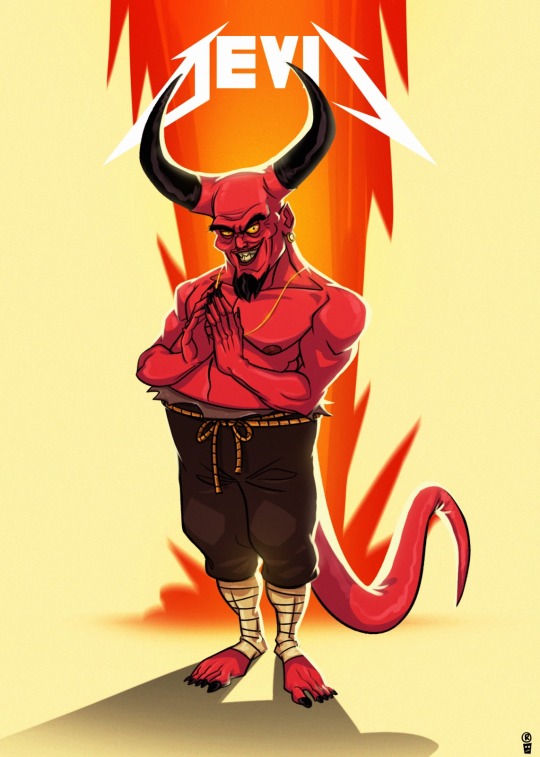
Q. What have been the greatest lessons you’ve learnt professionally and personally in your ten years of experience?
Ritaban Das: Draw what you like and the rest will fall into place. Only you know what motivates you.
Q. How did you find your calling to be an artist and, thereafter, how did you nurture your skills to hone your craft?
Ritaban Das: I’ve been drawing for as long as I remember and I’m always very passionate about it. To be very honest, I sucked at studies and my parents knew that very well. I remember spending most of my time with a box of chalk and slate gifted to me by my father. Like every other child, I also loved to sketch my favourite cartoons. I usually sketched these animated characters on the back pages of all my notebooks and also my classmates’ notebooks. It made me known amongst my seniors for my sketches.
That’s the only thing I was good at which I followed blindly. Honing my craft came from lots of practice. I draw almost every day. I also follow and study other artists’ work. Reading or watching their interviews, where they describe their work processes and the likes, helped me a lot to grow as an artist over the years. I try to open my eyes and ears to absorb everything.
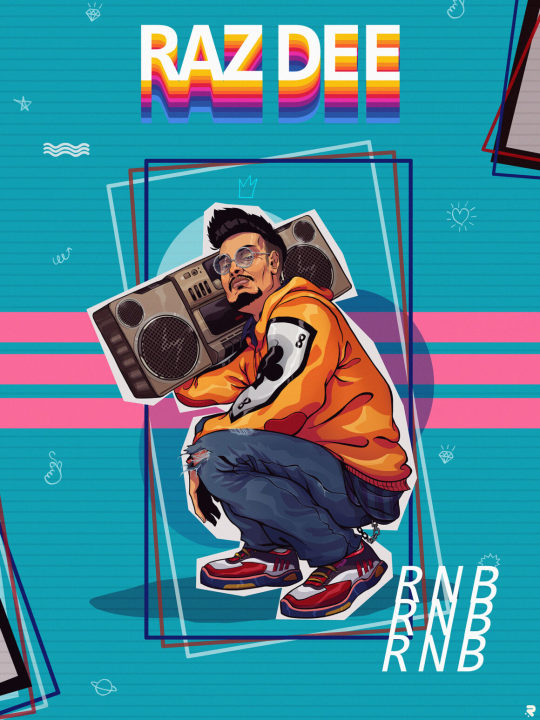
Q. Could you take us through your process of how you envision a character and then execute it practically?
Ritaban Das: Being a Character Designer, most of my work is very much character-driven, blended with humour and very graphical too. I always try to convey some sort of story through every character or Illustration I make. I like to play with various shapes and silhouettes and usually keep things simple.
The character design process is, in a way, a combination of different things. I ask myself ‘Who am I drawing? What is his/her personality?’ I sometimes look at influential artists’ work to get some ideas or even start from a drawing I like and translate it into my style. Then, trying to forget those influences, I often start from scratch with a basic shape such as the face as it determines the rest of the character for me, then the body (this can be a circle, oval or even a pear shape – it all depends on the personality of the character I want to draw).
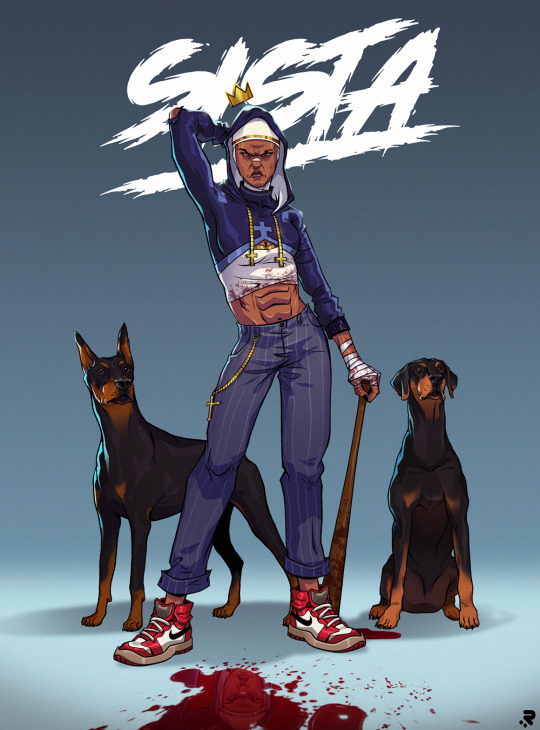
Q. Could you please elaborate on your current pursuit of higher studies and how you came to choose Canada for it?
Ritaban: I completed my studies at Humber College in 3D modelling & VFX and Graphic Design and got a job in an animation studio called House of Cool as a Story artist. I’m working on a very exciting project which will probably start airing next year.
I’ve always been well aware of the Canadian animation industry from the beginning and the kind of projects they do. I worked on a bunch of Canadian animation projects back in India.
We used to do a lot of outsourcing for studios here like Big Jump and Brown Bag Films. Canada’s animation industry always attracted me in terms of work culture, the kind of content they nurture, and the quality they produce, so I want to be a part of it.
“Whether you’re working on a commercial TV spot, web video or film, storyboards are an effective way to quickly tell a story. “

Q. What about the world of animation draws you towards it?
Ritaban: Animation is important because it enables us to tell stories and communicate emotions and ideas in a unique, easy-to-perceive way that both children and adults can understand. Animation has helped connect people throughout the world in a way that sometimes writing and live-action films cannot.
Today, anyone can pick up a drawing tablet and show their ideas to the world. Drawn figures can be funny, sad or serious. It can have a playful, less intimidating feel to it to make the viewer feel more comfortable. Often, it has simply served as a way to make a heart-warming story that makes you think.
Through live-action movies, people can form biases based on the appearance and real-life personality of an actor playing a character. But as an animated character, the character feels like their own being.
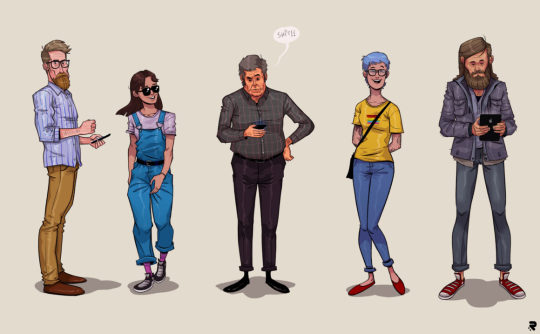
Q. What would you say are the most challenging aspects of working in the animation world and how do you tackle them?
Ritaban: Every project is challenging in different ways. The challenging ones are the projects where clients don’t have a clear understanding of their audience and outcome, goals or don’t have an investment or hierarchy for arriving at a consensus on feedback. The most challenging projects always boil down to size and scope and managing a team to produce the animation. Also, animating subject matter that I’m not interested in is challenging. But at the end of the day, we all survive because we all just love what we do.
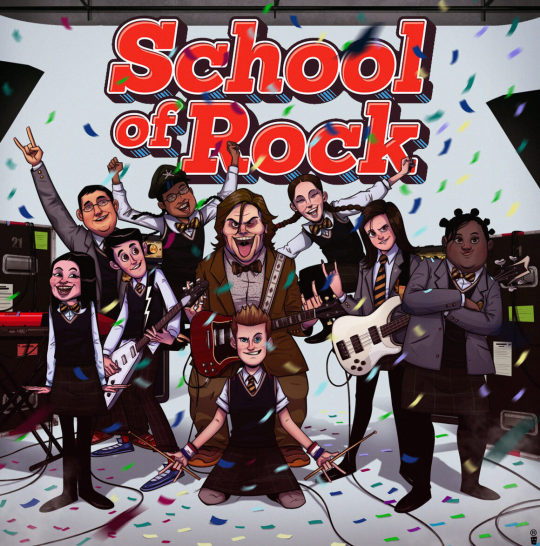
Q. Could you take us through your process of creating a storyboard and highlight its most important aspects?
Ritaban: Whether you’re working on a commercial TV spot, web video, or film, storyboards are an effective way to quickly tell a story. A storyboard is a sequence of drawings that represent the shots planned for video production. It covers all of the major shots, angles and action of your film. The very first step is to read your script and visualise it as an audience would. As I go from scene to scene, I analyse the screenplay and decide how I want each scene to look.
A script breakdown tells you what storyboards you need to create. Then I start doing the rough thumbnails with all the necessary camera angles in Photoshop and chalk out the entire scene I’m planning to do. The important thing is to give anyone who looks at the storyboard a sense of space — where are the objects in relation to the space they’re standing in.
Once I finish locking the scene on thumbnail level, I pitch it to my art director or creative director and take their feedback. After passing the thumbnail phase, I start making the rough staging in Storyboard Pro and work on the required actions and move forward with the scene for the final animation. I might have to rework scenes over and over, combining different elements of the iterations until I finally have what the team is looking for.
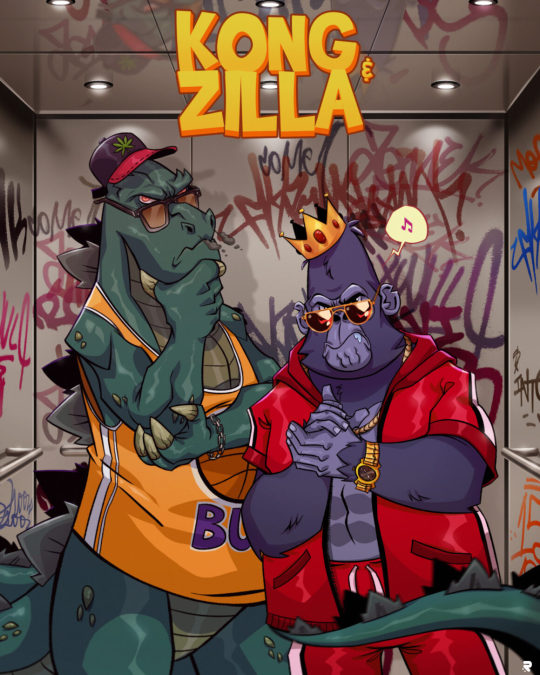
Q. What ways do you apply to understand client needs better and thereby produce results that are in sync with them?
Ritaban Das : Whether I work in any studio or as a freelancer, I always listen to what clients need. Listening to your client will help you understand and retain the information you’re already receiving, even if it isn’t a formal meeting. You need to ask questions to identify needs and paraphrase what they say. It helps with clarification and to enhance your understanding of their needs.
Also, I bring new ideas to the table. I don’t hesitate to propose something other than what the client had in mind. You may have a better service in mind and, if nothing else, this again shows you’re listening and attempting to understand your client’s needs. Understanding client needs is one of the biggest challenges of any business but also one of the most important and rewarding tasks.
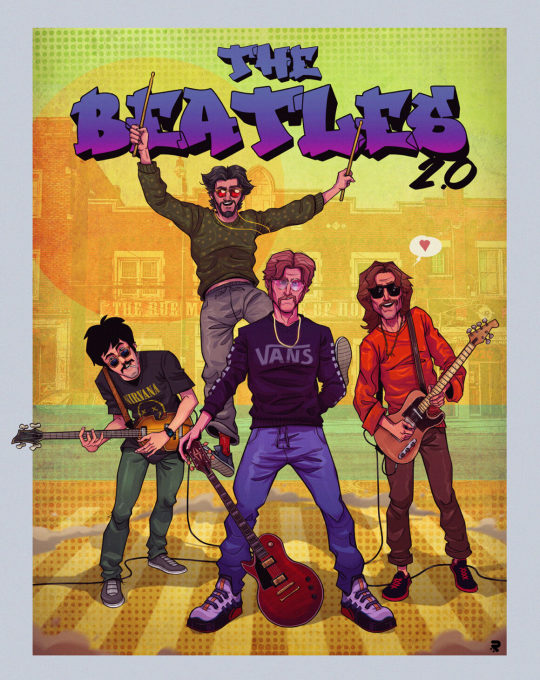
Q. Considering your range of work, could you please elaborate on significant projects and clients you’ve worked for?
Ritaban Das: Over the ten years of my career, I’ve worked on various national and international projects back in India for clients like Nickelodeon, Cartoon Network and Pogo. I’ve been part of the projects like “Camp WWE”, “F is for Family,” “Kuu Kuu Harajuku,” “Evan the Epic,” “Penn Zero: Part-time Hero,” “DC Superhero Girls,” “Cloudy with a chance of meatballs” (series), “Rhythm Warriors” (series-in production) and other numerous animated TV shows.

Q. According to you, in what direction should animation be exploring and progressing now?
Ritaban Das: Animation is an incredibly versatile medium that is widely used in many different forms today. Animated films are big business nowadays. Companies such as Disney have had enormous success producing animated children’s films for many years. Animated characters such as The Simpsons and The Flintstones have long been familiar visitors to our television screens. The future of animation looks to be on an interesting journey as the quality of films is becoming higher and higher. Most people would now aim for a 4k film. Also, they’ve been experimenting and coming up with new techniques of animation.
One of the interesting ones is Mix Media, a technique that Disney has been experimenting with for a few years is mixing CGI and traditional 2D animation. The idea is to create an animated film using CGI and then to draw over each frame to give it a hand-drawn quality. The computer gaming industry is also pushing the boundaries of what is possible with animation, leading to the creation of some extremely realistic game footage. Computer game animation has certainly come a long way from the 2D graphics of early arcade games.
Now computer game animators can build environments and objects that react to the player’s actions. The animation looks set to continue delighting audiences for many years to come. With animated films continuing to rise in the blockbuster charts, capturing hearts and imaginations, there is no sign of this genre coming to an end.
0 notes
Text
Guest Lecture Nial
Nial is originally from Dublin Ireland, Which is quite clear quickly as soon as you hear his strong accent. His photographic interest began just after r he left school whilst skating when he began just taking pictures of him and his friends riding around local skate parks. Once he discovered his passion, it became quite appernt to him that sport photography was the practice he wanted to follow: Something which I started out the same and again, just like me, after joining university he realised this wasn’t going to be the type of photography he would peruse. In Niall’s own words, His eyes opened to the massive world of photography and just how many different forms there are out there. According too webneel.com, there are approximately 50 different types of photography(Webneel.com, 2017) , ranging from fashion all the way down to birds. Whilst at university (something which Niall doesn’t often speak about due to the fact he dislikes the work) he made a lot of portraiture; but although he dislikes the work Niall said that he understands why it was fundamental for him to undertake in the research and amount of technical learning he did, another important thing I’ll keep within my head throughout the rest of my experience within university is that “It’s important to gain as much knowledge as possible, even if you don’t use it.”
Niall is also predominantly a film photographer, and whilst at college used to sneak into the works rooms to devolp his film which he took mainly on medium format cameras.
A big interest in Nialls university research was that of the work from Larry Clarke, Whose a American based photographer who focus’s on mainly documentary and editorial photography (Luhringaugustine.com, 2017). Niall found out after discovering his work that you can ultimately delve into subject matter without being too obscene. Larry is famous for making the movie Kids (IMDB.COM 2017), which is based upon a people skating in new york, The film has also been referenced in Eminems song: Guilty Conscience (Genius, 2013).
A quote in particular that really stuck with me throughout the lecture was that of “Whenever you take a picture, Make sure you can back it up with reasoning”. Which made me really think about my previous work(pre university), and if I had really thought about my images when I had been making them. If I am honest, I doubt I did truly think about any of the work I had shot, As I was working as a freelancer (Although I still am!) Most of the work I shot was simply for clients and portfolio, and didn’t have any true meaning whereas now, I shoot for projects with meaning. For instance my current project for the photo book is continuing a project I undertook for the gallery module that based upon the re-use of architecture through bmx street culture.
After graduating from University, Niall moved to London. He then began shooting for Sam Taylor, A London based photographer , who know specialises within Mounting Bike Photography (Taylor, n.d.), but at the time when Sam And Nial met, it all came from a shoot Sam was due to undertake with Ozzy Osborne but as he cancelled Sam and Nial just spent the day talking to each other about different work they had done, and Niall began shooting for her as an assistant for around 4 years. Niall describes Sam as a very un-technical photographer meaning her images are generally quite basic, but often Sam didn’t take many images. Whilst working as her assistant (And something he told us to expect if we ever indulge into a similar situation) is that his workload was literally everything, from researching lighting, locations and archiving. Although some of this may seem boring, it is all beneficial Niall mentions to us at the end of telling us.
Naills personal work is quite along the lines of his influence Larry Clarke with his first piece of work Goodrats, where he started speaking to a bunch of young (around 15 years old at the beginning of the project) and just followed them around taking images. This came around when he wanted to commend a social experiment where he takes a bunch of people (initially he wanted to use skaters) and put them into a room and just observe their behaviour. This project has since been exhibited all over the world, during an interview with Dazed.com, Niall was asked about how the project actually started, I think showing this qoute will explain it better than I can “ I bumped into this one called Turkish in Camden and asked him if he'd like to be in a video, Turkish told him to fuck off, so we offered him £50 and he changed his mind. It was a coincidence that they were all punks. We filmed them and asked them what super powers they'd have if they could choose, it's a bit poetic, then they started kicking the shit out of each other. You can see it on my web site. Since then it has developed into a documentary project that has taken a long time to work on and get into and most importantly to gain the trust of the kids. The first two years they didn't accept me that much. It's been nearly four years now. They thought I was a paedo for ages, it was only when they met my girlfriend, and found out she plays in a band that they started to trust me!” (Malt, 2012). Whenever Naill tried to show the images to the group of lads, They told him to f*ck off, This is proof that Punk isn’t dead and it’s still not just a fashion statement.


Porn Hurts Everyone
This project started out as a American road trip, driving throughout all the north wet states (in Daniels words, a real traditional American road trip) documenting the different types of people within the vastly open spaces. Niall mentions when he started out on this trip, he thought that he was just a “hack”, which translates to anyone who doesn’t know, as “a person who is a professional at doing some sort of service, but does crappy work.” (Urban Dictionary, 2000). For me, it’s strange that someone of a real professional standard would foresee himself as this, but as someone who’s experienced this type of thing, when starting out on a huge project I understand.
The name of this project is quite a weird story Niall tells us after being asked about it, it came about as in a part of America (he couldn’t remember where) there was a Porn(XXX) Shop, and the owner of the land next door was a highly strict christen, who put up a sign that simply said “Porn Hurts Everyone”.
This project came at a really crazy time for this part of America, As former president Barrack Obama had just been elected, and most of the people within this part of America was completely against the idea of Obama being president and pro former president bush, Making Niall feel really uneasy. Whilst interacting with the people within these different towns, He found them to be really friendly; but in Niall’s – and my own mind – incredibly in-politically correct. Niall speaks about how not having sctructure when undertaking projects can lead to amazing imagery, for instance the image below, which is of a guy on a train track. Nial mentioned that this image literally only happened because they was following the train tracks, but allowing yourself to be slightly structured is also a good thing.

Something which really again stuck with me which Naill mentioned at the end of his talk, is that the majority of his work happened thanks to him networking with different people and being friendly. He said that some of his work could have been down to pure luck but networking is key within any ACI industry.
Nial is also a keen videographer and has worked for company’s such as Cannon and Levis. The cannon video shows 2 young males climbing all over buildings (Urban exploring), he speaks that this advert was shot to show freedom, which is exactly what it has achieved. The Video can be found here: http://www.academyfilms.com/niall-obrien, (Cannon, 2014) . Whilst watching this short film, a viewer can defiantly expect to feel a slightly judder fear of heights, as the video has been edited to hide any cables safely securing the actors to the building.
Something which I want to take a closer look at, is how Niall had approached his professional CV, As this is something Paula is quite keen we have for the professional practice module I plan on looking into this further as Niall has a link on his website. I spoke with Nial briefly after his talk today, to speak about his past within skating. As skating is quite closely relatable to BMX in the sense that it’s a family type feeling, I wanted to know what he thought of my Instagram images that I have been shooting for my photobook project. Nial really liked my work and recommended I contacted Geroge Marshall Photography. George does quite allot of work for RIDE UK, And I have shot with him on a few occasions at jams. Overall, Coming away from this guest lecture, I really have a better understanding of how to approach my trip in America as well as any future traveling. Nials approach to taking imagery within foreign company’s is quite unique. I also get the impression that if you want someone to model for you, Having space change is always pretty welcomed (the punk project)
References
1. Webneel.com. (2017). 50 Different Types of Photography Styles with examples for your inspiration. [online] Available at: http://webneel.com/different-types-of-photography [Accessed 7 Feb. 2017].
2. Luhringaugustine.com. (2017). Larry Clark - Artists - Luhring Augustine. [online] Available at: http://www.luhringaugustine.com/artists/larry-clark [Accessed 7 Feb. 2017].
3. Clark, L., Korine, H. and Sevigny, C. (2017). Kids (1995). [online] IMDb. Available at: http://www.imdb.com/title/tt0113540/ [Accessed 7 Feb. 2017].
4. Genius. (2013). Eminem (Ft. Dr. Dre) – Guilty Conscience. [online] Available at: https://genius.com/Eminem-guilty-conscience-lyrics [Accessed 7 Feb. 2017]. Genius. (2013). Eminem (Ft. Dr. Dre) – Guilty Conscience. [online] Available at: https://genius.com/Eminem-guilty-conscience-lyrics [Accessed 7 Feb. 2017].
5. Taylor, S. (n.d.). Portfolio. [online] Sam Taylor Photography. Available at: http://www.samtaylorphoto.co.uk/ [Accessed 7 Feb. 2017].
6. Malt, H. (2012). Good Rats. [online] Dazed. Available at: http://www.dazeddigital.com/photography/article/6477/1/good-rats [Accessed 7 Feb. 2017].
7. Urban Dictionary. (2000). hack. [online] Available at: http://www.urbandictionary.com/define.php?term=hack [Accessed 7 Feb. 2017].
8. Cannon, (2014). [video] Available at: http://www.academyfilms.com/niall-obrien [Accessed 7 Feb. 2017].
0 notes